Mathematics has been shaped by the minds of brilliant individuals throughout history, many of whom are household names like Pythagoras, Newton, and Einstein. However, there are countless lesser-known mathematicians whose groundbreaking theories have had a profound impact on the field, influencing everything from the foundations of calculus to modern computer science. In this article, we highlight 15 such mathematicians whose work, though not widely recognized, has played a crucial role in advancing mathematical knowledge. Their contributions have quietly shaped the way we understand the world, proving that even in the world of mathematics, unsung heroes can have a lasting influence.
Muhammad al-Khwarizmi
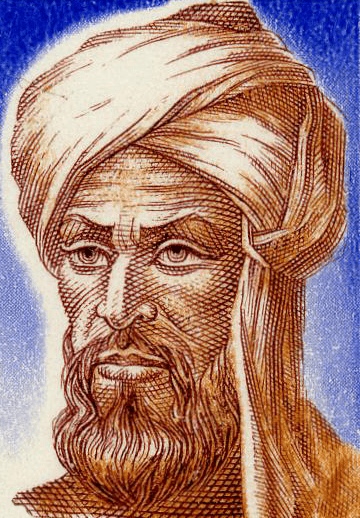
Muhammad al-Khwarizmi, born in Persia around 780 AD, is often regarded as the father of algebra. His work, “The Compendious Book on Calculation by Completion and Balancing,” introduced systematic solutions for linear and quadratic equations, laying the groundwork for modern algebra. Al-Khwarizmi also wrote extensively on Hindu-Arabic numerals, which significantly influenced the development of arithmetic in medieval Europe. His Latinized name, “Algoritmi,” is the origin of the word “algorithm,” a cornerstone of computer science today. Despite his profound contributions, al-Khwarizmi remains lesser-known outside of academic circles, overshadowed by later mathematicians who built upon his foundations.
Nikolai Ivanovich Lobachevsky
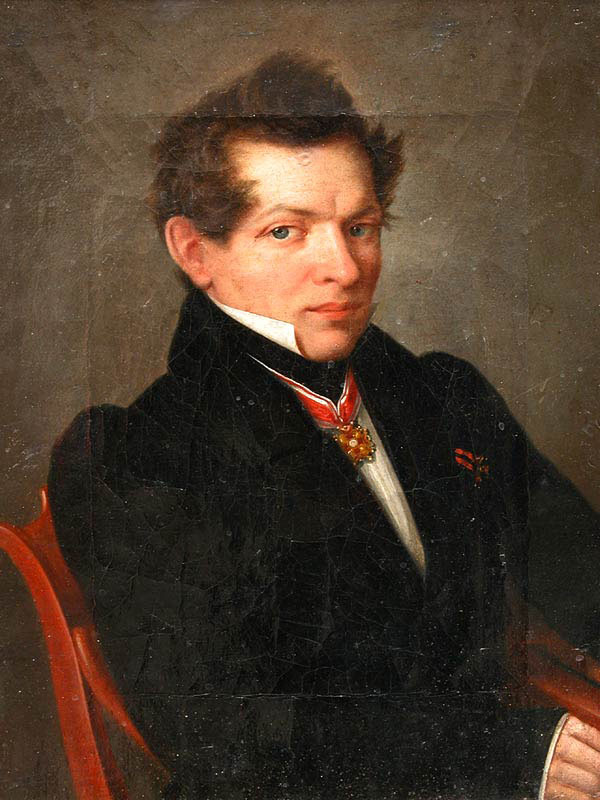
Nikolai Lobachevsky, a Russian mathematician born in 1792, is credited with founding non-Euclidean geometry, a radical departure from the Euclidean geometry that had dominated mathematical thought for centuries. Lobachevsky’s bold idea that parallel lines can diverge, challenging the previously accepted notion that they must remain equidistant, was initially met with skepticism and ridicule. However, his work laid the groundwork for later developments in geometry and relativity, particularly influencing Albert Einstein’s General Theory of Relativity. Despite his groundbreaking discoveries, Lobachevsky’s name is not as widely recognized, partly due to the initial rejection of his theories during his lifetime.
Émilie du Châtelet

Émilie du Châtelet, an 18th-century French mathematician and physicist, played a crucial role in translating and interpreting Isaac Newton’s “Principia Mathematica” into French, a version still in use today. Her work extended beyond translation; she provided insightful commentary and original contributions, particularly in the area of energy conservation, predating the formal laws of thermodynamics. Du Châtelet’s contributions are often overshadowed by her male contemporaries, yet her work significantly influenced the scientific landscape of her time. Her ability to bridge the gap between Newtonian physics and Continental scientific thought makes her a pivotal, though lesser-known, figure in the history of mathematics.
Srinivasa Ramanujan
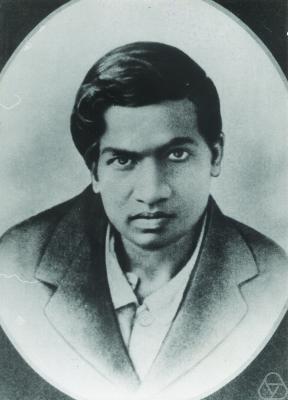
Srinivasa Ramanujan, born in India in 1887, was a self-taught mathematical genius who made substantial contributions to number theory, infinite series, and continued fractions. His work was initially dismissed in India due to his lack of formal training, but he later gained recognition after corresponding with the British mathematician G.H. Hardy. Despite a brief career cut short by illness, Ramanujan produced thousands of results, many of which were groundbreaking and remain influential in mathematics today. His story is one of extraordinary talent emerging against the odds, yet he remains less known compared to Western mathematicians of his time.
Sofia Kovalevskaya
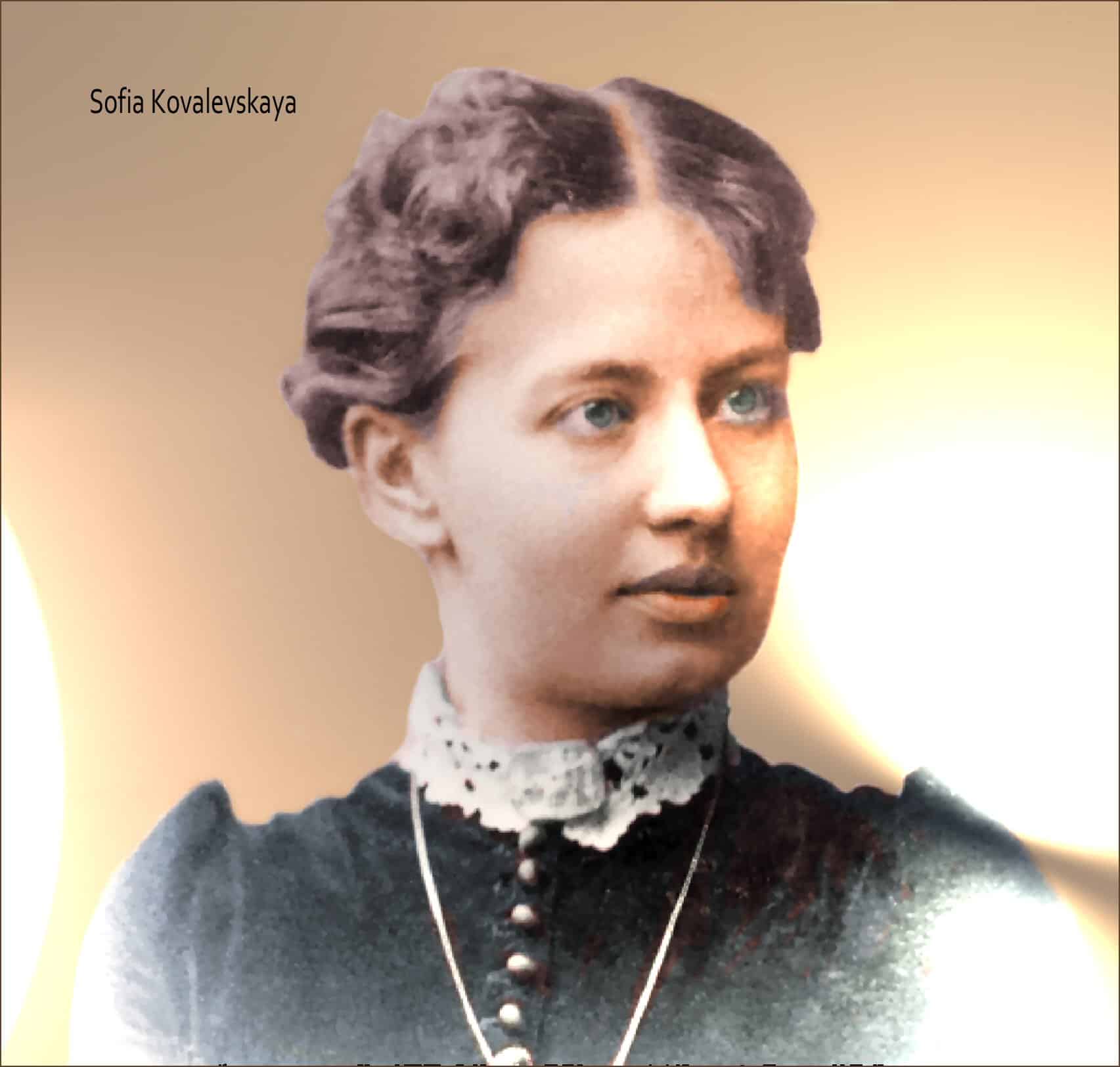
Sofia Kovalevskaya, born in Russia in 1850, was the first major female mathematician in Russia and a pioneer for women in mathematics. She made significant contributions to analysis, partial differential equations, and mechanics, including the Cauchy-Kovalevskaya theorem, which provides conditions for the existence of solutions to certain partial differential equations. Despite her achievements, Kovalevskaya had to overcome significant societal barriers, including being barred from studying in Russia and having to move to Germany to pursue her education. Her perseverance and groundbreaking work make her an influential yet often overlooked figure in mathematics.
Evariste Galois
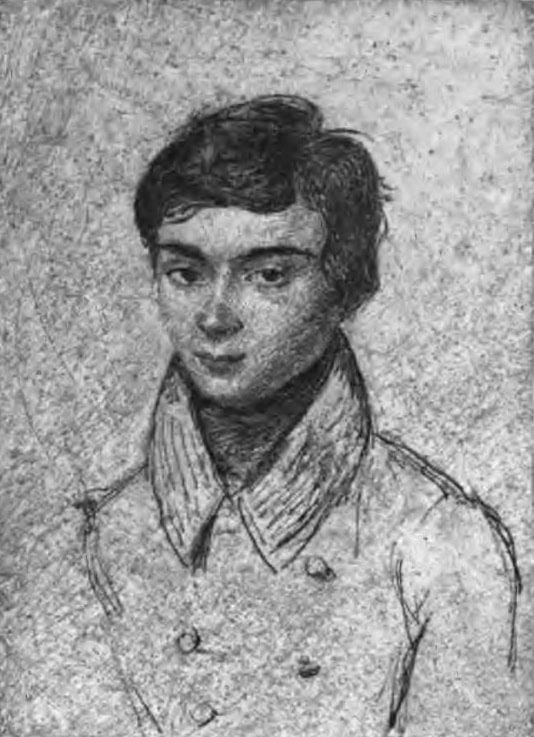
Evariste Galois, a French mathematician born in 1811, laid the foundations for group theory and Galois theory, which are crucial to understanding polynomial equations and algebraic structures. His work provided a solution to the problem of determining when a polynomial equation can be solved by radicals. Tragically, Galois died at the age of 20 in a duel, leaving behind a body of work that was not fully appreciated until years later. His contributions are fundamental to modern algebra, yet his name remains lesser-known compared to other mathematicians due to his short life and the posthumous recognition of his work.
Maryam Mirzakhani

Maryam Mirzakhani, an Iranian mathematician born in 1977, made history as the first woman to win the Fields Medal in 2014. Her research in hyperbolic geometry, Teichmüller theory, and ergodic theory has had a profound impact on the understanding of the dynamics and geometry of Riemann surfaces. Despite her significant contributions, Mirzakhani is less known to the general public, partly due to her relatively recent emergence in the mathematical community and her untimely death at the age of 40. Her work continues to influence current mathematical research, cementing her legacy as a pioneering figure in mathematics.
John Horton Conway

John Horton Conway, a British mathematician born in 1937, is best known for his contributions to group theory, number theory, and combinatorial game theory. His most famous invention is the “Game of Life,” a cellular automaton that simulates complex systems and processes. Conway’s work also includes the classification of finite simple groups and the theory of surreal numbers. Despite the broad impact of his work across various fields, Conway remains less celebrated than some of his contemporaries, perhaps due to the abstract nature of his contributions and his preference for playful, recreational mathematics.
Sophie Germain
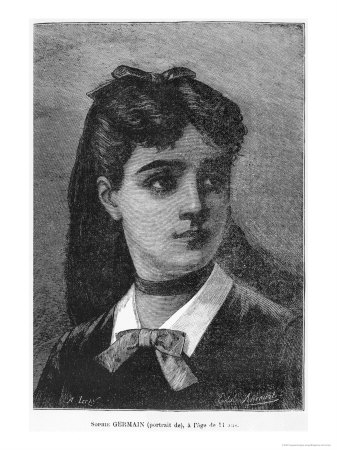
Sophie Germain, born in France in 1776, made significant contributions to number theory and elasticity theory, despite facing significant barriers as a woman in the male-dominated field of mathematics. Her work on Fermat’s Last Theorem provided important insights that influenced later mathematicians, and her research in elasticity theory laid the groundwork for modern materials science. Germain had to publish many of her works under a male pseudonym, which contributed to her relative obscurity. Today, she is recognized as a pioneer for women in mathematics, but her name remains less known compared to her male counterparts.
Niels Henrik Abel
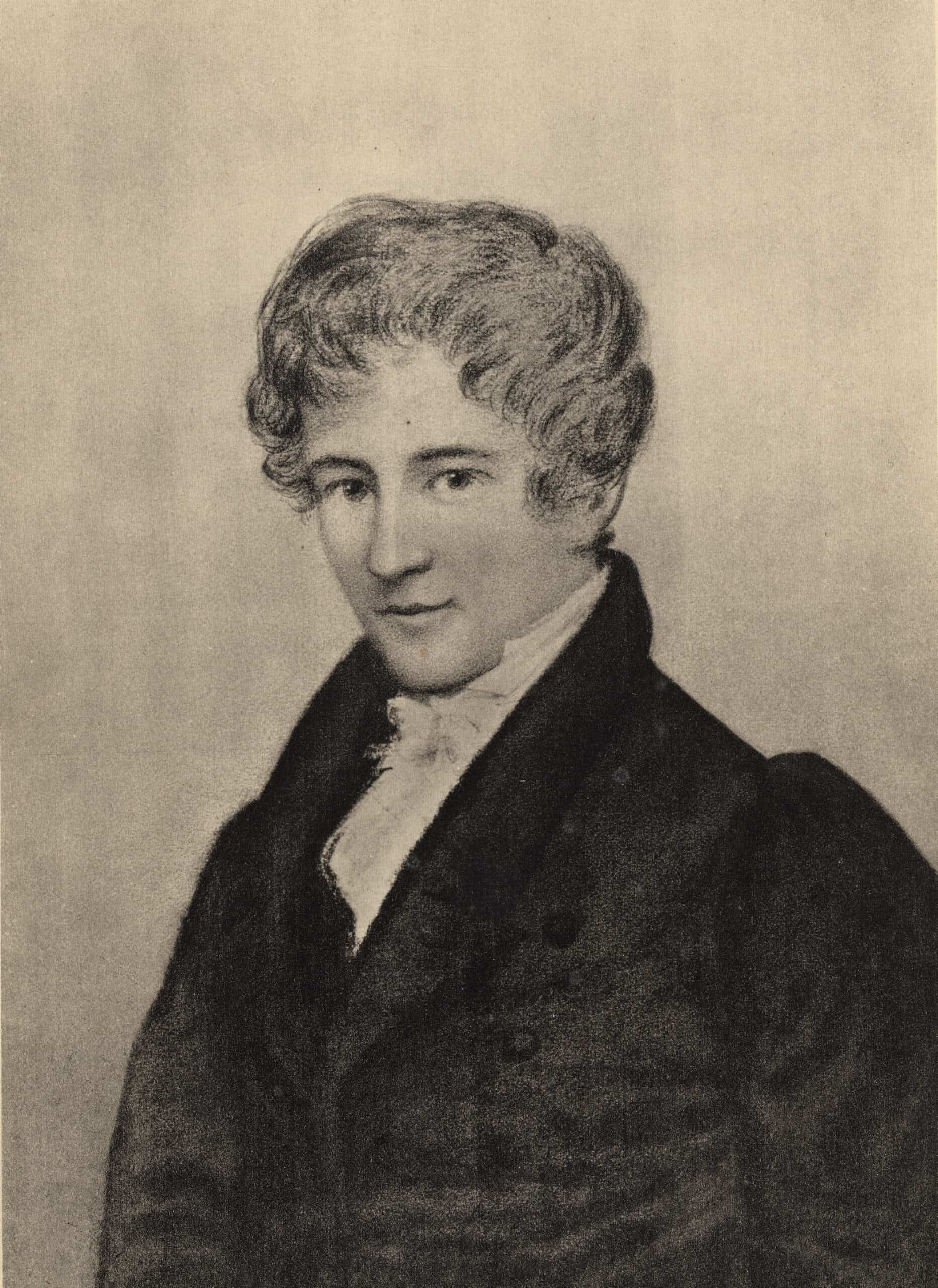
Niels Henrik Abel, a Norwegian mathematician born in 1802, is best known for proving the impossibility of solving general quintic equations by radicals, a result that laid the foundation for much of modern algebra. Abel’s work in analysis and algebra was groundbreaking, and his contributions to the development of group theory were instrumental. Despite his significant achievements, Abel lived a short and difficult life, dying in poverty at the age of 26. His early death and the subsequent delay in the recognition of his work contribute to his lesser-known status among the general public.
Carl Gustav Jacob Jacobi
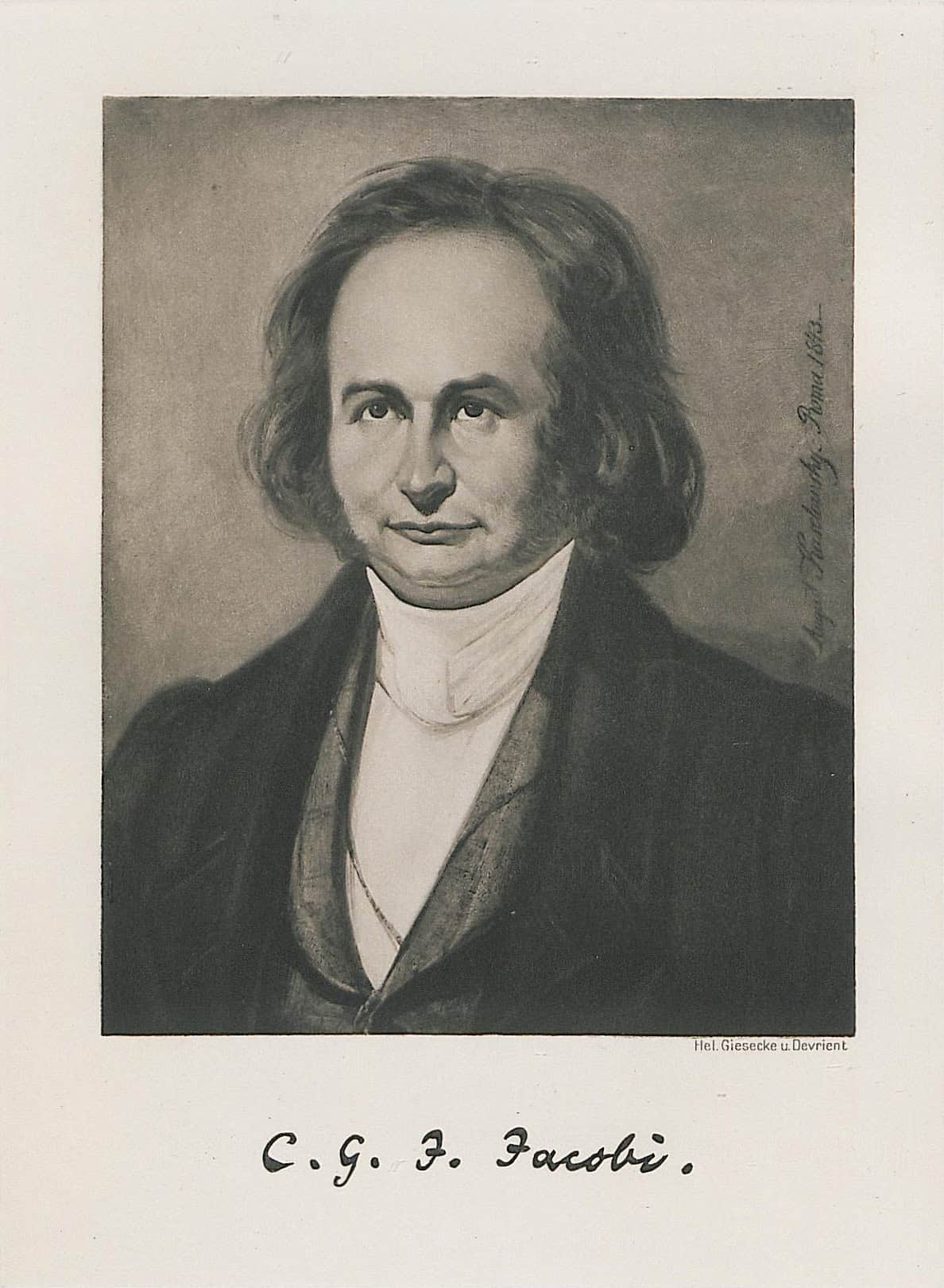
Carl Gustav Jacob Jacobi, a German mathematician born in 1804, made critical contributions to elliptic functions, dynamics, and the theory of determinants. His work on the Hamilton-Jacobi equation in mechanics and on elliptic integrals is still influential today. Jacobi was one of the first to apply matrix theory in solving differential equations, a method that remains fundamental in various fields of mathematics and physics. Despite his contributions, Jacobi is not as widely known as some of his contemporaries, perhaps because his work was often overshadowed by the broader recognition of other mathematicians of his time.
Henri Poincaré
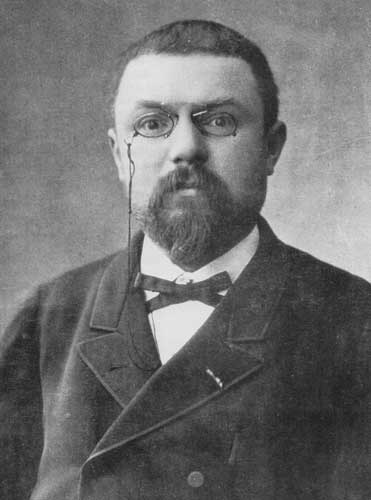
Henri Poincaré, born in France in 1854, is often considered one of the last universal mathematicians, making significant contributions to a wide range of fields including topology, celestial mechanics, and the theory of dynamical systems. Poincaré’s work laid the groundwork for the theory of chaos and influenced the development of both mathematics and theoretical physics. Despite his far-reaching impact, Poincaré is less recognized outside of mathematical circles, overshadowed by figures like Albert Einstein, whose work he directly influenced. His interdisciplinary approach and deep insights make him a pivotal figure in the history of mathematics.
William Rowan Hamilton
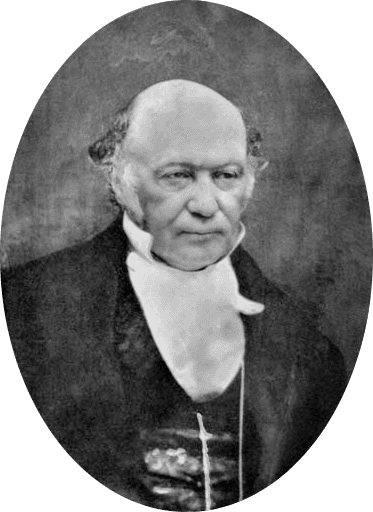
William Rowan Hamilton, an Irish mathematician born in 1805, made fundamental contributions to optics, algebra, and classical mechanics. His work on quaternions, a complex number system that extends the concept of real numbers, paved the way for modern vector analysis and theoretical physics. Hamilton’s insights into dynamics and his development of Hamiltonian mechanics are still central to modern physics. Despite his significant achievements, Hamilton remains less celebrated than contemporaries like Isaac Newton or James Clerk Maxwell, perhaps due to the specialized nature of his work and the delayed recognition of the importance of quaternions.
Emmy Noether
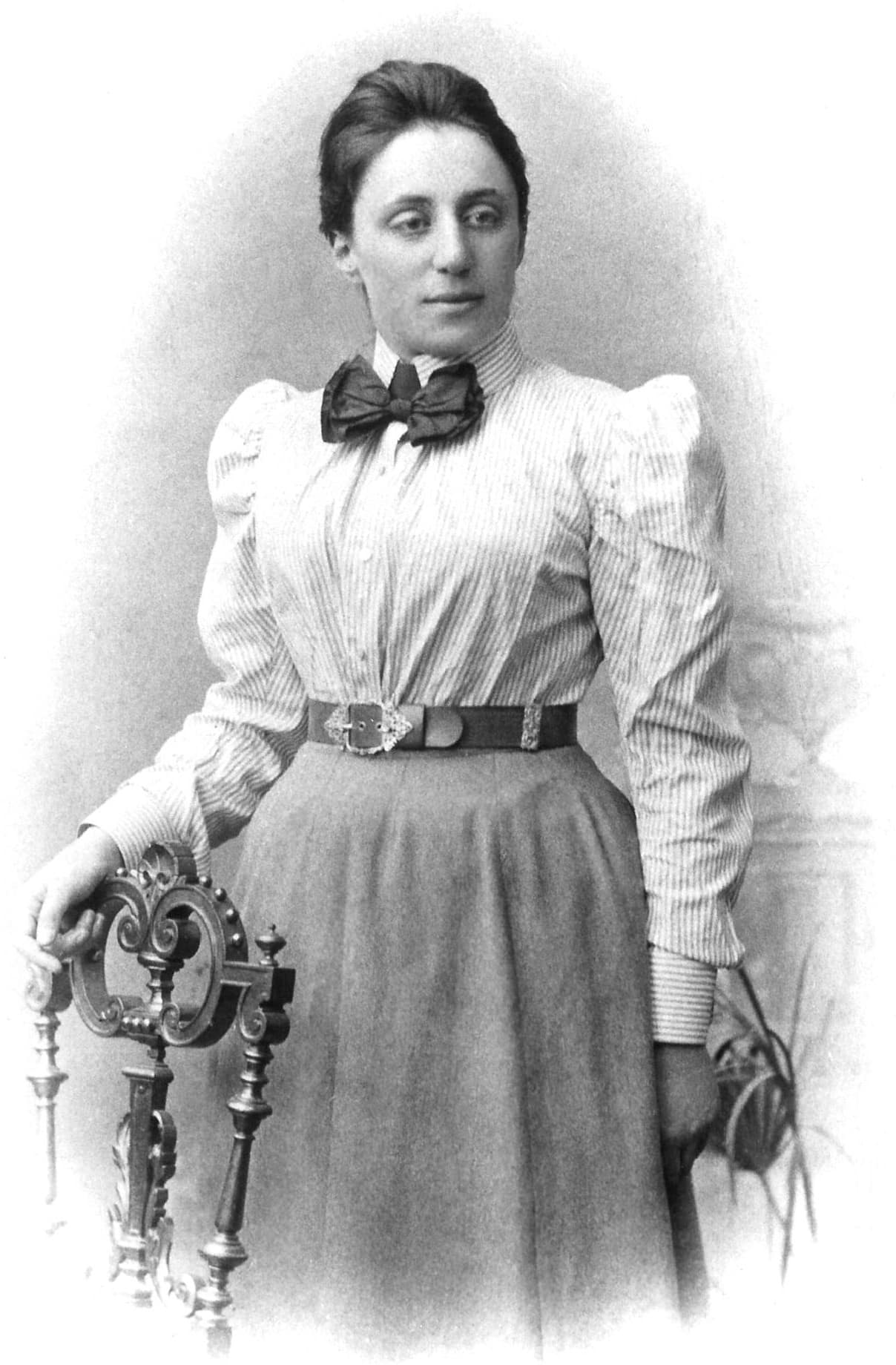
Emmy Noether, a German mathematician born in 1882, is widely regarded as one of the most important mathematicians of the 20th century. Her work in abstract algebra and theoretical physics, particularly Noether’s Theorem, has been highly influential in understanding the relationship between symmetries and conservation laws in physics. Despite her contributions, Noether faced significant gender discrimination and was often overshadowed by her male colleagues. Her name is less known outside of academic circles, yet her work has had a profound and lasting impact on both mathematics and physics, influencing fields ranging from algebra to quantum mechanics.
Felix Klein
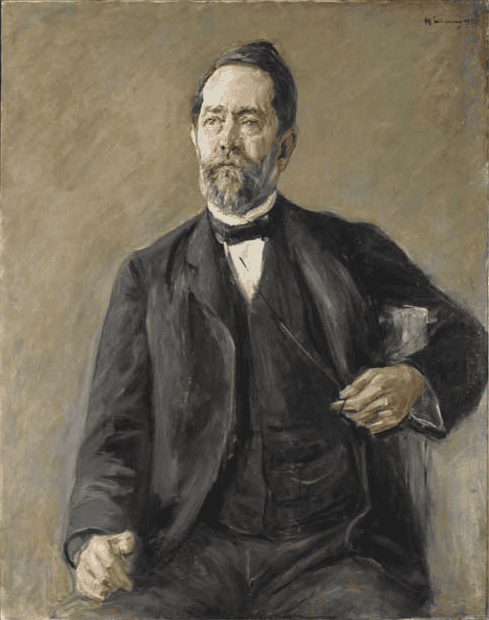
Felix Klein, a German mathematician born in 1849, is known for his work in group theory, complex analysis, and non-Euclidean geometry. Klein’s work on the Erlangen Program, which proposed a new way of understanding geometry based on group theory, revolutionized the field and influenced subsequent developments in mathematics. Despite his significant contributions, Klein is not as widely recognized as some of his contemporaries, such as David Hilbert, whose work he directly influenced. Klein’s interdisciplinary approach and innovative thinking make him a pivotal figure in the history of mathematics, though he remains lesser-known outside of specialized academic circles.
This article originally appeared on Rarest.org.
More from Rarest.org

Caves hold mysteries that span centuries, offering glimpses into the earth’s hidden treasures. From glowing caverns to ancient sanctuaries, these natural wonders tell stories of history, culture, and the environment. Read more.
15 Leading Sports Apparel Brands Dominating the Market

Sports apparel is a booming industry, with certain brands leading the charge in profitability. Read more.
14 Iconic Fashion Accessories Every Collector Dreams Of

Fashion accessories can be more than just stylish additions to an outfit; some become timeless collectorâs items. Read more.
